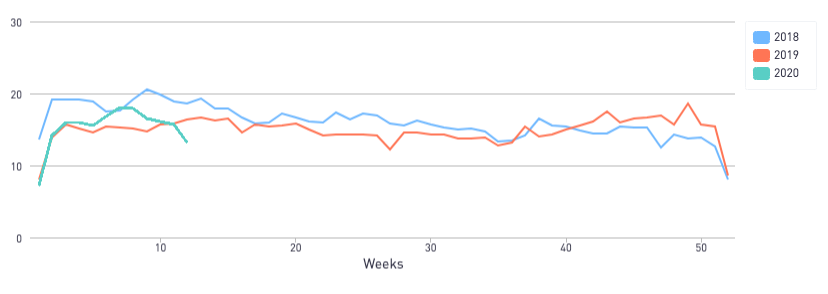One of the newer companies attempting to join the rarified group of private space launch startups actually flying payloads to orbit has redirected its entire UK-based manufacturing capacity towards COVID-19 response. Skyrora, which is based in Edinburgh, Scotland, is answering the call of the UK government and the NHS to manufacturers to do what they can to provide much-needed healthcare equipment for frontline responders amid the coronavirus crisis.
Skyrorary says that the entirety of its UK operations, including all human resources and its working capital are now dedicated to COVID-19 response. The startup, which was founded in 2017, had been working towards test flights of its first spacecraft, making progress including an early successful engine test using its experimental, more eco-friendly rocket fuel that was completed in February.
For now, though, Skyrora will be focusing full on building hand sanitizer, its first effort to support the COVID-19 response. The company has already produce their initial batch using WHO guidelines and requirements, and now aims to scale up its production efforts to the point where it can manufacture the sanitizer at a rate of over 10,000 250 ml bottles per week.
There’s actually a pretty close link between rocketry and hand sanitizer: Ethanol, the form of alcohol that provides the fundamental disinfecting ingredient for hand sanitizer, has been used in early rocket fuel. Skyrora’s ‘Ecosene’ fuel is a type of kerosene, however, which is a much more common modern aviation and rocket fuel.
In addition to sanitizer, Skyrora is now in talks with the Scottish Government to see where 3D-printed protective face masks might have a beneficial impact on ensuring health worker safety. It’s testing initial prototypes now, and will look to mass produce the protective equipment after those tests verify its output.
Plenty of companies are pitching in where they can, including by shifting their production lines and manufacturing capacity towards areas of greatest need. It’s definitely an ‘all-hands-on-deck’ moment, but there’s definitely a question of what happens to businesses that shift their focus this dramatically once the emergency passes, especially for young startups in emerging industries.
Source: Tech Crunch Startups | Rocket startup Skyrora shifts production to hand sanitizer and face masks for coronavirus response
